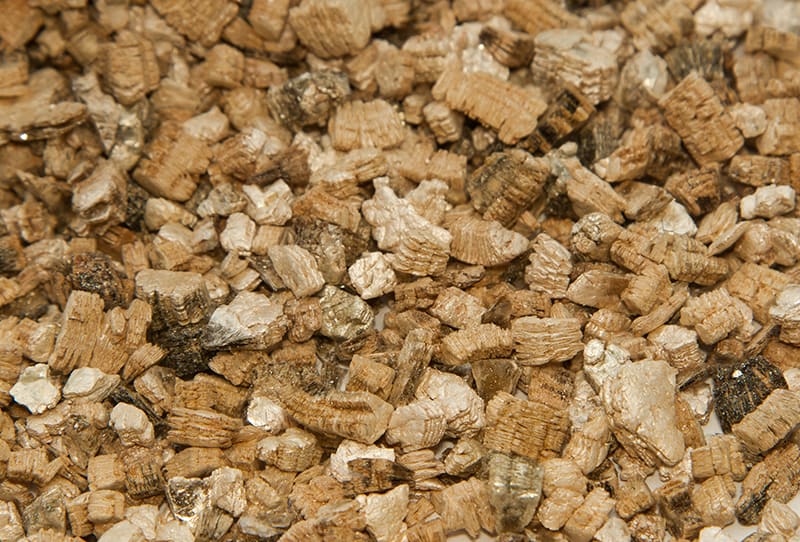Dec . 11, 2024 10:00 Back to list
Factory for Manufacturing Soundproofing Wall Materials and Acoustic Solutions
The Importance of Sound Absorbing Wall Materials in Modern Construction
In today's rapidly evolving architectural landscape, the need for sound control in commercial and residential spaces has become increasingly prominent. As urban areas grow busier and more densely populated, the demand for effective noise reduction solutions is at an all-time high. This is where sound absorbing wall materials come into play, facilitating a more comfortable living and working environment. Understanding their benefits and applications is essential for builders, architects, and sound engineers alike.
What Are Sound Absorbing Wall Materials?
Sound absorbing wall materials are specially designed products that mitigate the transmission of sound waves within a space. Unlike soundproofing materials, which block sound from passing through walls, sound absorbing materials absorb sound energy, reducing echo and reverberation. This can lead to significant improvements in acoustic quality, enhancing communication, focus, and overall well-being in various environments.
Types of Sound Absorbing Wall Materials
There are numerous types of sound absorbing materials available on the market, each with unique properties and applications. Common materials include
1. Acoustic Panels Often made of foam, fabric, or fiberglass, these panels can be installed on walls to absorb sound effectively. They are available in various colors and designs, making them suitable for both aesthetic enhancement and functional sound management. 2. Acoustic Tiles Similar to panels, acoustic tiles can be suspended from ceilings or affixed to walls. They are frequently used in offices, schools, and theaters to enhance sound quality. 3. Fabric-Wrapped Panels These panels combine the sound absorbing qualities of porous materials with an attractive fabric covering. They are particularly popular in corporate environments and restaurants where aesthetics matter. 4. Carpets and Rugs While not wall materials, carpets and rugs can significantly contribute to sound absorption in a room. They are effective at reducing footstep noise and preventing sound from bouncing off hard surfaces.
5. Specialized Wall Fabrics These fabrics are specifically designed to hang on walls and absorb sound without compromising the visual appeal of a space. They are ideal for homes and high-end venues.
Benefits of Sound Absorbing Wall Materials
The advantages of incorporating sound absorbing wall materials are manifold
sound absorbing wall material factory

2. Increased Privacy These materials help limit sound transmission between spaces, making them ideal for clinics, law offices, and other environments where confidentiality is critical.
3. Noise Reduction By absorbing excess noise, these materials contribute to a calmer atmosphere, reducing stress and improving concentration.
4. Aesthetic Appeal Many sound absorbing solutions are designed to be visually pleasing, allowing them to blend seamlessly into interior designs while serving their functional purpose.
5. Energy Efficiency Some sound absorbing materials also improve thermal insulation, helping to regulate temperatures within a building and potentially lowering energy costs.
Applications in Various Settings
Sound absorbing wall materials find applications in a diverse range of settings. In commercial spaces, they are crucial for optimizing sound quality in offices, restaurants, and cafes, where background noise can be distracting. In educational institutions, they enhance the learning environment by minimizing distractions, thereby improving students' focus.
In residential settings, sound absorbing materials can be installed in home theaters, music rooms, or even bedrooms to create a more serene living experience. Furthermore, their versatility allows them to be used in public spaces such as auditoriums, concert halls, and community centers, where managing acoustics is vital for performances and events.
Conclusion
In summary, sound absorbing wall materials are an indispensable component of modern construction and interior design. Their ability to enhance acoustics, increase privacy, and contribute positively to the ambience of various environments cannot be overstated. As the demand for effective noise reduction solutions continues to grow, the importance of these materials in creating comfortable and functional spaces will only become more pronounced. Whether you are an architect, builder, or homeowner, investing in sound absorbing materials is a step toward a quieter, more enjoyable living or working environment.
-
High Purity Graphitized Petroleum Coke | Low N Recarburiser
NewsAug.08,2025
-
Fe-C Composite Pellets for BOF: Enhance Steelmaking Efficiency
NewsAug.07,2025
-
Eco-Friendly Granule Covering Agent | Dust & Caking Control
NewsAug.06,2025
-
Fe-C Composite Pellets for BOF: High-Efficiency & Cost-Saving
NewsAug.05,2025
-
Premium Tundish Covering Agents Exporters | High Purity
NewsAug.04,2025
-
Fe-C Composite Pellets for BOF | Efficient & Economical
NewsAug.03,2025
